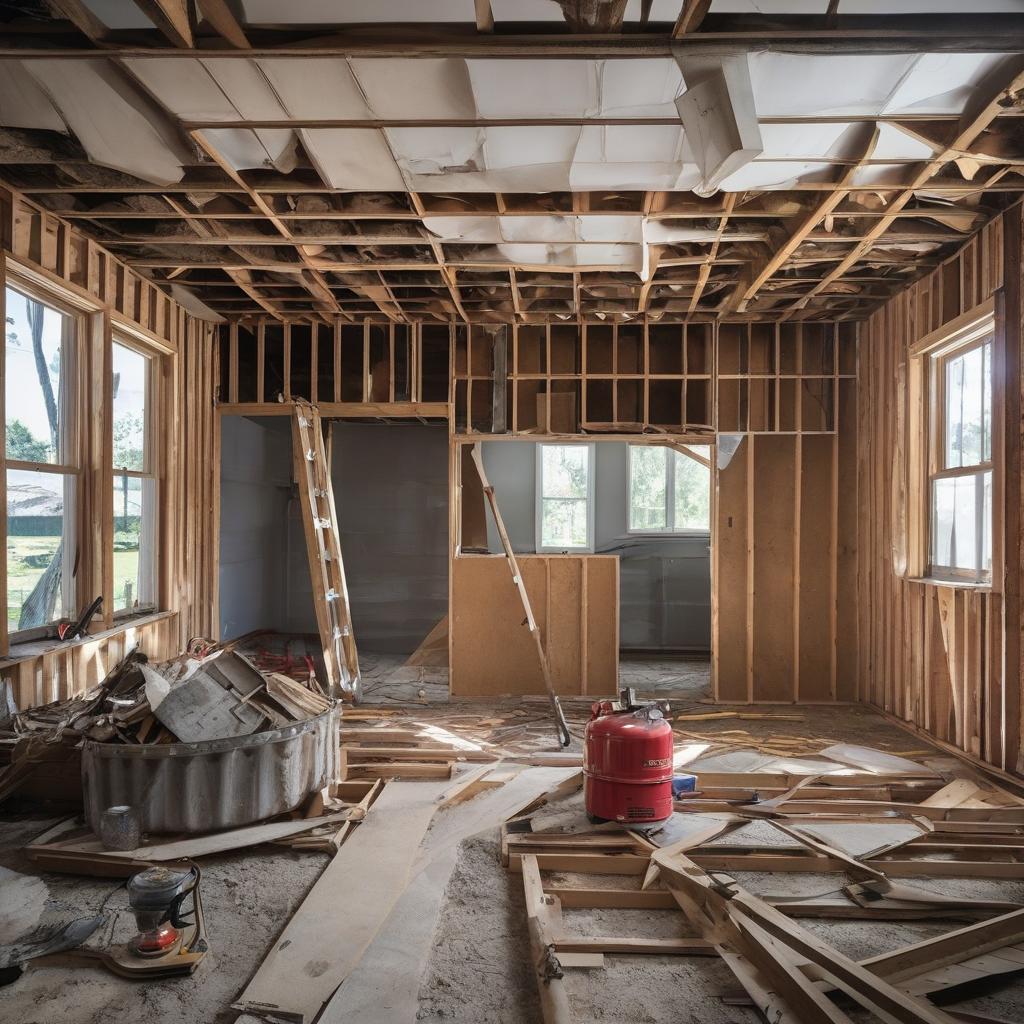When it comes to building your dream home, safety should always be a top priority. Fire safety, in particular, is crucial for protecting your property and loved ones from the devastating effects of fires. In this guide, we’ll explore the essential fire safety measures that should be incorporated into home construction, ensuring peace of mind and security for homeowners.
Understanding Fire Risks
Before diving into fire safety measures, it’s important to understand the common fire risks associated with home construction:
1. Electrical Systems
Electrical faults and malfunctions are a leading cause of residential fires. Improper wiring, overloaded circuits, and damaged electrical appliances can all pose fire hazards if not addressed properly.
2. Cooking Appliances
Kitchen fires are another common risk, often caused by cooking appliances left unattended or used improperly. Grease buildup, flammable materials near stovetops, and malfunctioning appliances can all contribute to kitchen fires.
3. Heating Systems
Heating systems such as furnaces, space heaters, and wood stoves can also pose fire hazards if not maintained and operated correctly. Improper installation, lack of maintenance, and combustible materials placed too close to heating sources can increase the risk of fires.
Essential Fire Safety Measures
Now that we’ve identified common fire risks, let’s explore the key fire safety measures that should be incorporated into home construction:
1. Fire-Resistant Materials
Using fire-resistant materials in construction can help slow the spread of fires and reduce damage to your home. Common fire-resistant materials include:
| Material | Fire Resistance |
|---|---|
| Fire-retardant-treated (FRT) wood | Provides limited fire resistance |
| Fire-rated gypsum board (drywall) | Offers fire resistance for walls and ceilings |
| Fire-resistant glass | Used in windows and doors to prevent fire spread |
| Fire-resistant insulation | Provides thermal protection and fire resistance |
By incorporating these materials into your home construction, you can create a safer environment that is more resilient to fire hazards.
2. Smoke Alarms and Carbon Monoxide Detectors
Smoke alarms and carbon monoxide detectors are essential safety devices that should be installed throughout your home. Place smoke alarms in every bedroom, outside each sleeping area, and on every level of your home, including the basement. Carbon monoxide detectors should also be installed near sleeping areas and on every level of the home.
3. Fire Suppression Systems
Consider installing fire suppression systems such as sprinklers or fire extinguishers to quickly suppress fires and prevent them from spreading. Automatic sprinkler systems can detect and extinguish fires in their early stages, reducing property damage and saving lives.
4. Proper Electrical Wiring
Ensure that your home’s electrical wiring is installed by qualified professionals and meets current building codes and standards. Use arc-fault circuit interrupters (AFCIs) to protect against electrical fires caused by arc faults, and ground-fault circuit interrupters (GFCIs) to protect against electric shock in areas with water exposure.
5. Safe Cooking Practices
Practice safe cooking habits to minimize the risk of kitchen fires. Never leave cooking appliances unattended while in use, keep flammable materials away from stovetops, and clean cooking surfaces regularly to prevent grease buildup.
Conclusion
Fire safety is a critical aspect of home construction that should not be overlooked. By incorporating fire-resistant materials, installing smoke alarms and carbon monoxide detectors, implementing fire suppression systems, ensuring proper electrical wiring, and practicing safe cooking habits, you can create a home that is not only beautiful and comfortable but also safe and secure for you and your family.


